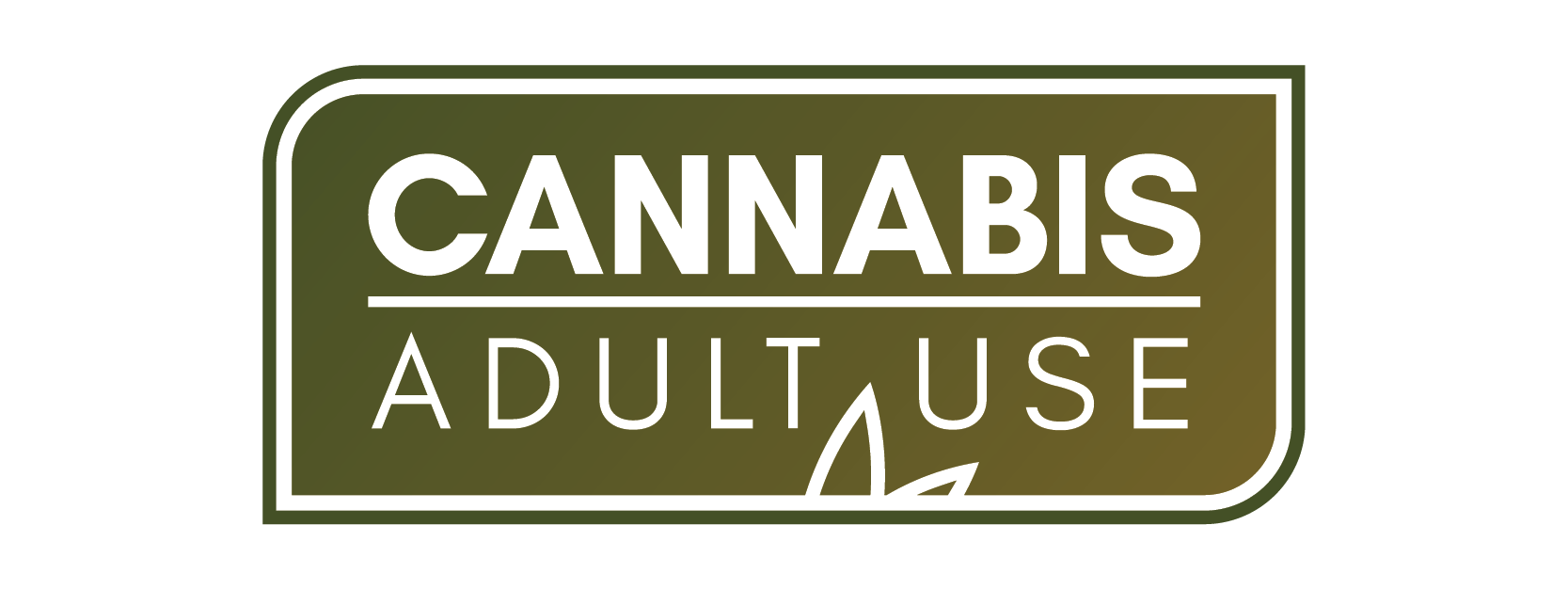As more states moved from prohibition or medical-only frameworks to comprehensive adult-use programs—24 states plus D.C. as of June 26, 2025—the rules that govern how products look and how brands speak to customers have become both clearer and stricter. Labels, warnings, age-gating, and where ads can appear are now defined in statute or regulation across most legal markets.
The most visible shift is packaging. Early medical markets often relied on utilitarian pharmacy-style containers with minimal branding. Today’s adult-use standards require child-resistant packaging (CRP) and prominent safety cues. California, for example, mandates CRP for all cannabis goods and provides detailed checklists for final-form labeling before products can even go to compliance testing—codifying the information consumers must see (e.g., cannabinoid content, batch identifiers, and required warnings). Colorado likewise sets comprehensive packaging and labeling rules in regulation, reinforcing consistency across categories and formats. Several states also require universal THC symbols or equivalents so consumers can instantly recognize psychoactive products at a glance, a convention popularized early by Colorado.
Regulators have tightened packaging to reduce youth appeal and accidental ingestion. Federal consumer-protection agencies have stepped in where necessary: the FTC and FDA have issued multiple warning and cease-and-desist letters to companies that sold delta-8 THC edibles in packaging that mimicked familiar snacks, underscoring a national expectation that cannabis products must not be confused with candy or children’s foods. These actions have pushed brands toward sober, compliant design systems and away from look-alike packaging.
Marketing has professionalized under similar guardrails. California’s advertising rules—widely referenced by marketers—require that broadcast, print, and digital placements appear only where at least 71.6% of the audience is reasonably expected to be 21+, and they require age-affirmation for direct communications (e.g., brand websites or email). These rules also prohibit youth-oriented imagery and certain promotions. For consumers, that means cannabis ads tend to surface in age-gated environments with clear disclaimers rather than general-audience channels.
Other states go further on pricing and promotional language. In Massachusetts, regulators have reiterated that adult-use businesses may not advertise free items, discounts, or “sale” pricing—measures designed to prevent price-driven inducements that could encourage overconsumption. That has nudged retailers toward education-first messaging (product benefits, formats, and safe-use guidance) instead of typical retail “doorbuster” tactics. A broader snapshot of state ad rules compiled by public-health law researchers shows common guardrails across adult-use markets: audience-age thresholds, location restrictions (e.g., distances from schools), and bans on youth-appealing content.
For the consumer experience, these changes have had two effects. First, the shopping moment is more informative. Labels are denser and more standardized, and compliant packs often include scannable elements that lead to testing info, instructions, or responsible-use content—features that are easier to implement once a state’s “final form” labeling checklists are in place. California’s guidance has been influential in normalizing this expectation. Second, the media environment feels more adult and less promotional. Because ads must be placed where adult audiences dominate and because some states restrict discount advertising entirely, brands have leaned into education, lifestyle fit, and product differentiation rather than coupons. California’s 71.6% audience rule has become a practical benchmark many teams plan around, and it sits alongside other state-specific rules that shape what imagery and claims are allowed.
The enforcement backdrop matters, too. Ongoing FDA “warning letters” to companies selling cannabis-derived products with unlawful claims or risky presentations continue to set boundaries for what is acceptable in packaging and marketing, even when products sit in a gray area at the federal level. The net effect for consumers is clearer risk communication and fewer misleading labels.
As adult-use access expands, packaging and marketing are converging on a common playbook: child-resistant, clearly labeled, immediately identifiable as cannabis, and marketed in age-appropriate channels with compliance artifacts to prove it. Consumers benefit from safer, more legible products and from messaging that prioritizes information over hype—an evolution driven as much by regulators as by brands themselves. And with more states joining adult-use every year, these norms are likely to continue solidifying, making cross-state shopping feel more familiar and predictable over time.
